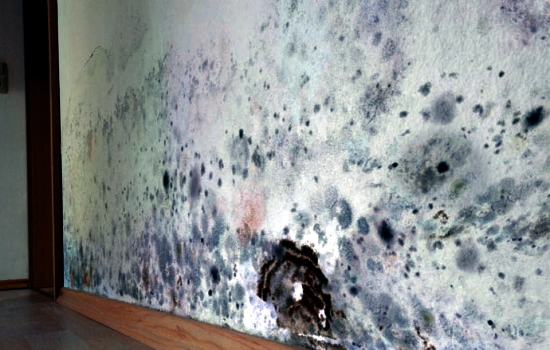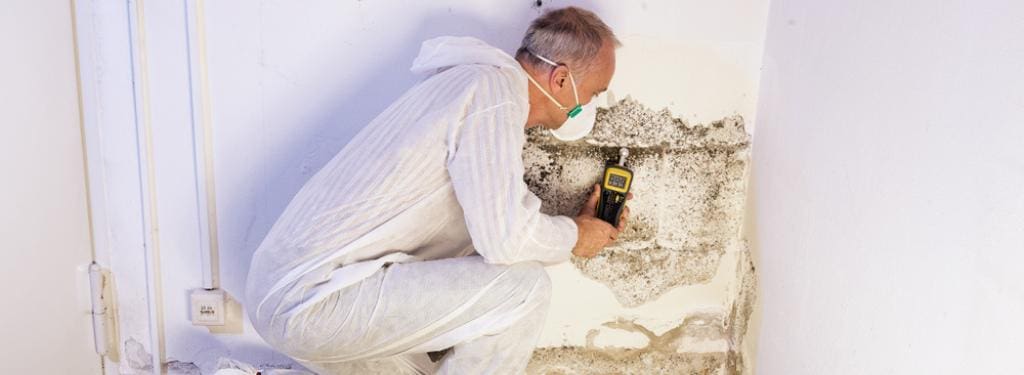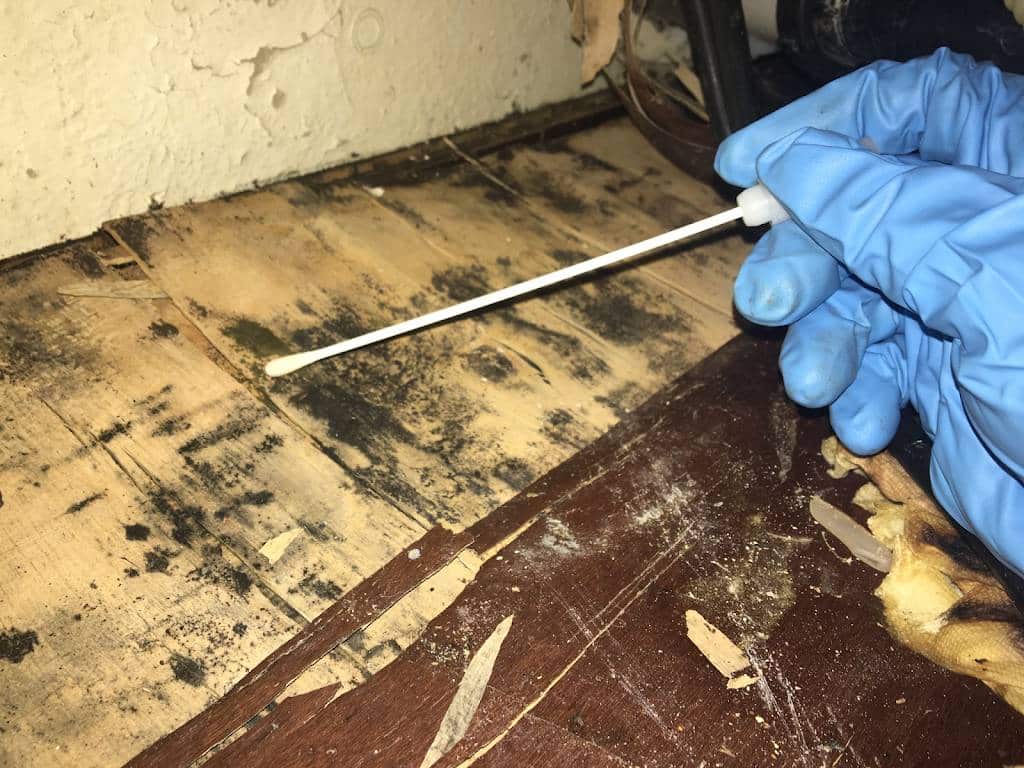After Mold Remediation Strategies for Clean Areas
Your Ultimate Overview to Message Mold And Mildew Remediation Strategies
Navigating the realm of post-mold remediation techniques is a thorough process that demands interest to information and a detailed understanding of the complexities included. In the results of mold and mildew infestation, recognizing exactly how to effectively eradicate the mold and avoid its reoccurrence is extremely important for maintaining a healthy indoor environment. From selecting the right cleaning and disinfecting techniques to executing strategies for long-term mold avoidance, each action in the removal trip plays an essential duty in making certain a successful end result. As we start this exploration of post-mold removal techniques, we will certainly discover the key approaches and finest practices that can help you recover your area to its pre-mold problem and secure it versus future mold threats.
Recognizing Post-Mold Remediation Process
After completing the mold and mildew removal procedure, it is critical to understand the post-mold removal techniques that are necessary to ensure a effective and complete cleaning. As soon as the mold and mildew has actually been gotten rid of, the following action involves cleaning and disinfecting the affected locations to avoid any kind of regrowth of mold and mildew. This includes using specialized cleaning agents to clean down surfaces and kill any remaining mold spores. It is important to dry out the area completely to dissuade the growth of mold and mildew in the future (Post Remediation Inspection near me). Proper ventilation and dehumidification can assist in this process.
Moreover, conducting a last inspection post-remediation is crucial to guarantee that all mold has been efficiently eliminated. This examination needs to involve an extensive aesthetic check in addition to perhaps air tasting to confirm the absence of mold spores in the air. If the assessment reveals any remaining mold and mildew, additional remediation might be necessary. Educating residents on precautionary steps such as regulating moisture levels and promptly addressing any kind of water leakages can assist preserve a mold-free environment.
Effective Cleaning and Decontaminating Approaches

Avoiding Future Mold Growth

Significance of Proper Air Flow
Proper ventilation plays a vital role in protecting against wetness buildup, a crucial element in mold and mildew development within indoor atmospheres. Effective ventilation systems aid eliminate excess humidity from the air, minimizing the possibilities of mold spores locating the wetness they require to spread out and germinate. Without ample ventilation, interior spaces can come to be a reproduction ground for mold, causing potential health and wellness risks and architectural damage.
By ensuring appropriate air blood circulation, air flow systems can also assist in drying damp locations faster after water damages or flooding cases, even more preventing mold growth. Post remediation mold testing near Find Out More me. Precede like restrooms, cooking areas, cellars, and attics where wetness degrees often tend to be greater, setting up and preserving effective air flow systems is crucial in preventing mold invasions

Monitoring and Maintenance Tips
Provided the crucial duty that correct air flow plays in stopping mold growth, it is essential to develop efficient tracking and maintenance suggestions to make certain the continued functionality of ventilation systems. Regular assessments of Recommended Site air flow systems must be conducted to examine for any signs of obstructions, leaks, or breakdowns that could hamper correct air flow. Surveillance humidity degrees within the building is likewise vital, as high humidity can contribute to mold and mildew growth. Setting up a hygrometer can help track moisture levels and alert home owners to any type of spikes that might need focus. Furthermore, making certain that air filters are on a regular basis cleaned or changed is vital for keeping the efficiency of the ventilation system. Carrying out a schedule for regular upkeep tasks, such as duct cleaning and cooling and heating system evaluations, can help avoid problems prior to they rise. By staying positive and attentive to the problem of air flow systems, residential property owners can properly mitigate the threat of mold regrowth and maintain a healthy indoor setting.
Final Thought
To conclude, post-mold remediation techniques are important for making sure a secure and clean environment. Understanding the process, applying efficient cleaning and decontaminating approaches, preventing future mold growth, maintaining correct ventilation, and regular tracking are all essential action in the removal process. By complying with these guidelines, you can efficiently remove mold and mildew and prevent its return, advertising a healthy living or functioning room for all passengers.
In the after-effects of mold and mildew invasion, knowing exactly how to efficiently get rid of the mold and prevent its reoccurrence is paramount for preserving a healthy and balanced indoor environment. As soon as the mold has been gotten rid of, the next action includes cleansing and disinfecting the influenced areas to avoid any regrowth of mold and mildew - After mold remediation. After removing visible mold development, it is essential to cleanse all surface areas in the affected area to get rid of any type of remaining mold spores. To better enhance mold prevention procedures, it is important to attend to underlying concerns that initially led to mold advancement.Provided the critical role that appropriate ventilation plays in protecting against mold and mildew growth, it is imperative to establish efficient tracking and maintenance ideas to ensure the continued functionality of air flow systems